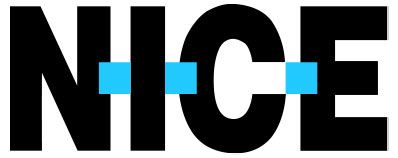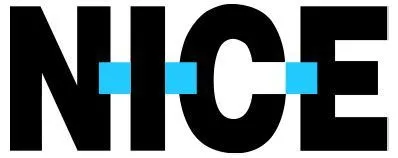The traditional automatic call distributor (ACD) is the workhorse of call center systems. Choosing the right one for your contact center depends on business requirements, but in all cases your ACD should be capable of supporting your business as you grow and evolve. Some ACD software is simple and handles very basic requirements. But is that enough for future needs? What about supporting digital channels? Knowing what ACDs can do and what features to look for will have you on your way to choosing a long-term solution. Let's get started.
What is an ACD?
An ACD’s core function is to organize incoming calls by either queuing or routing them to the most qualified available agents. The goal of an ACD strategy should be to route calls quickly and effectively so that customers don't have to wait very long and they're matched with agents who are most qualified to help them. The matching criteria are established as rules within the ACD and enable the system to route calls based on factors such as the number the caller dialed, the nature of the inquiry, and the caller's language preference.
More modern ACDs handle digital contacts, like email, chat, and text (SMS). This provides contact centers with a universal queue which allows them to holistically manage workload and labor resources across all channels. To reflect these expanded capabilities, ACDs are now sometimes referred to as automatic contact distributors. Going forward we will now be referring to Contact rather than Call when we reference ACD in this write up
ACDs are also the source of many critical call center metrics, like average time in queue, average handle time (AHT), abandon rates, and service levels.
ACD Features
When assessing different ACD solutions, it's important to know what capabilities are right for your business, now and in the future. The main ACD features that need to be evaluated are:
Skills-based routing
To match your customers with the right agents, your ACD needs to support skills-based routing. Earlier implementations of ACD rules simply routed an incoming call to the agent who had been idle the longest or even used a first in first out methodology for routing a customer, even if an agent may not have been the best match for the call type. With skills-based routing, each agent is assigned one or more skillsets. For example, Cheryl is assigned the skillsets of Service, Southwest states, and Spanish. If a caller dials the company's service number from an Arizona area code, there's a good chance they'll get Cheryl if she's available. And the caller will likely have a better experience because Cheryl has received specific training for how to handle service issues from Arizona.
Omnichannel routing
Based on consumer demand, more and more organizations are offering service through digital channels in addition to phone support. They could manage incoming contacts with separate systems, but that can be complicated, especially as the business adds more channels. ACDs that provide omnichannel routing reduce complexity by providing a single, universal queue. Using the example from above, Cheryl could also be assigned the skillsets of Phone and Chat. This makes her eligible to receive either contact type and the ACD will automatically route them to her if she meets the other criteria (service, Southwest states, etc.). Not only is this a more streamlined approach to routing contacts, but it's a more efficient and effective way to engage agent resources.
Basic IVR capabilities
Many ACDs come with basic IVR (interactive voice response) capabilities. This includes upfront messaging and menus that callers can interact with using their voice or their phone keypad. This allows even smarter routing because the ACD collects further information about the caller and their issue. Continuing the example of Cheryl the agent, if the menu prompts the caller to enter their policy number, this could automatically be passed to Cheryl so that she doesn't need to spend time collecting this information.
Easy integrations
ACDs can be even more powerful when they are integrated with other systems, so when shopping for a new ACD, look for ones that are easily integrated - for example, with out-of-the-box APIs. ACDs are commonly integrated with customer relationship management (CRM) software. This enables automatic lookup of customer records, saving the agent time and allowing them to immediately personalize the call. ACDs are also frequently integrated with IVRs in cases where, for example, a business needs more robust IVR capabilities than what the ACD offers.
Intuitive configuration tools
Businesses should be able to make quick, painless changes to their ACD rules and workflows. This allows them to make timely, effective responses to changing conditions. The best ACD solutions include design studios with intuitive drag-and-drop design capabilities - no programming required.
Agent desktop
ACD vendors typically provide out-of-the-box desktops that allow agents to handle their assigned customer contacts. The best agent desktops have omnichannel capabilities, meaning agents can use a single interface to handle multiple types of contacts. Additionally, when the system provides access to customer data and interaction history, agents can personalize contacts for better customer experiences.





